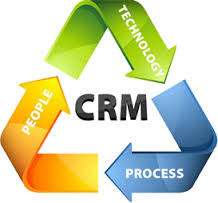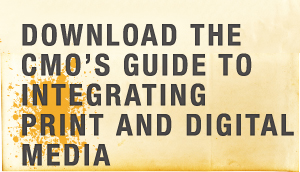What’s the main difference between a successful marketing campaign and an unsuccessful one? The marketing strategies behind them.
Many small business owners become overwhelmed in selecting the best strategies for their message because they don’t understand the fundamentals. So let’s look at the fundamentals first.
What is a marketing strategy, really? It’s a group of techniques that allow your organization to direct its resources and budget toward the best opportunities so you can get the best return on your investment and increase your bottom line.
Now that we know what a marketing strategy boils down to, let’s take a look at some of the necessary components of a GOOD marketing strategy:
Your Ideal Prospect
Otherwise known as your target audience, you’ve got to know exactly who it is you’re trying to reach with your marketing efforts. This should be the first step in every marketing strategy of every campaign.
You will waste time and budget trying to attract everyone to your offer, so to start, narrow your marketing efforts to the group of people your product or service will most likely (and easily) attract.
Here is why this step MUST come first:
Once you know WHO your ideal customer is, you’ll know what their interests, needs and concerns are. Once you know THESE, you’ll be able to create TV ads, newspaper ads, blog posts and billboard messages using a language they will instantly understand and connect with.
Take an Integrated Approach
The ultimate goal of your marketing campaigns is to broaden your brand’s awareness and gain the trust of your target audience. The best way to do this is to use a mix of marketing channels such as magazine ads, direct mail, social media and radio to extend your reach and meet your prospects on the channels they prefer.
Know and Communicate Your Unique Selling Proposition
M&Ms are not only delicious, they are a perfect example of a unique selling proposition (USP). “Melts in your mouth, not in your hands.” That was not just a slogan, that was their USP, and it was a hit with consumers who love chocolate candy but hate getting gooey melted chocolate on their hands, clothes, steering wheel, etc.
Your offer also has to have something unique about it that makes it stand out from the competition, otherwise, why should people choose you? What are the main things that distinguish your product or service from similar offers in the marketplace?
Once you know your USP you will want to communicate it to your target audience in your marketing campaigns. Don’t be coy about it either, take a cue from M&Ms and put your USP front and center.
Always Focus on How You Can Help Your Customer
Your marketing shouldn’t focus on the fact that you’re the best there is, it should focus on how you have the solution to your prospects’ problems. Since you completed step one and you know exactly who your ideal customer is and what their pain points are, you are in a perfect position to show them your business has the right solution.
 Commit
Commit
A successful marketing strategy takes time and commitment,and that tales patience. If you don’t have patience, better hire a media planer with the patience of a saint to run yourcampaigns for you. All too often we have taken on clients who had the first 4 steps of a good strategy down, but then flopped when it came to this last one.
There are no shortcuts to achieving your business goals through proper marketing strategies.
The good news of course is, if you can put in the time and see your campaigns through to the end, track and monitor them and make any necessary tweaks and adjustments, you will be ahead of most of your competition.
What makes a good marketing strategy? Knowing your target customer, taking an integrated approach to your campaigns, knowing and communicating your USP, focusing on your customer’s problems and above all, committing.
Related Posts
Make Room for Native Advertising in Your Digital Media Strategy
Why You Should Include Native Advertising in Your Digital Strategy





